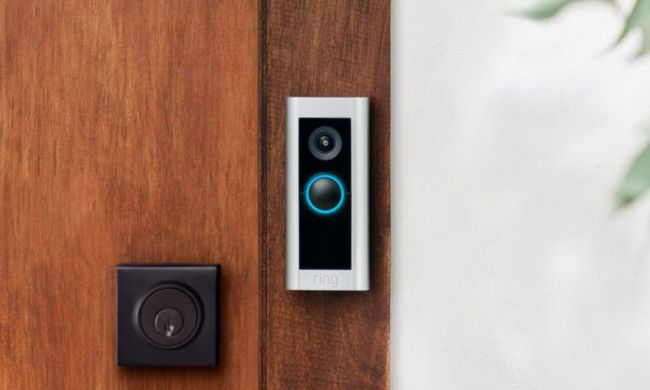I hate cables. Anyone with a thirst for tech can surely share my sentiments about them, we’ve even debated about how many of us even hoard drawers full of extra wires, cables, and chargers. It’s a maddening problem that’s increasingly becoming more prevalent as the smart home continues to grow with more devices, and especially when the cost of owning those gadgets becomes more affordable.
One look around my living room is proof of this, as outlets continually become occupied by surge protectors and power strips. Worst yet, it’s almost a 1:1 ratio when it comes to chargers and devices — making for a messy, unkempt look near outlets. That’s why wireless charging is crucial in evolving the smart home.
Clutter-free spaces
Have you ever looked closely at some of the press or rendered images of smart home gadgets? Sure, the devices take center stage, but in many instances, you’ll find that they’re wire-free and functioning — which is strange because, you know, they need to be powered somehow. Nearly every company is guilty of this to some degree, and by doing this, perpetuates the unrealistic view of today’s smart home.

Wireless charging can help with this. Smartphones, in particular, have been leveraging this technology for much longer than you think. When the Palm Pre was released in 2009, it was one of the first commercial smartphones to offer wireless charging — and now today, it’s the norm for all high-end smartphones. The smart home can absolutely benefit from this implementation as well, but there are challenges before stationary devices such as security cameras, smart displays, and smart speakers can truly become wire-free for a cleaner looking smart home.
Inductive charging vs. wireless charging over distance
There have been advances in recent years that may help to spur this revolution in the smart home. Inductive charging has been the most widely used, which is the tech that today’s smartphones leverage to charge wirelessly.
Alternatively, there’s wireless charging over distance, also known as radio charging. Even though there have been several announcements regarding this form of wireless charging, the biggest obstacle hindering its expansion is its efficiency. Whether it’s infrared bands or radio waves, the challenge of delivering enough power at a continuous flow makes this form of charging difficult — so it’s unlikely we’ll see a practical solution anytime soon. Therefore, it brings me back to inductive charging.
Seamless integration in furniture
There have been substantial advancements with inductive charging, even though you may think otherwise. Nowadays, there are plenty of companies developing multi-device wireless charging systems — eliminating the messy trail of wires that are typically needed. They’re exactly what the industry needs to focus more on going forward, but the larger opportunity will come in the form of how they can seamlessly integrate into the home’s decor.
I’ve been checking out the Nomad Base Station Pro, which was developed in conjunction with Aira’s FreePower wireless technology. Unlike other wireless charging pads that can only charge a single device, the Nomad Base Station Pro can charge up to three devices simultaneously with its omnidirectional wireless charging. The best part about it is that it’s super sleek, features a contemporary design, and you don’t have to fuss around to find the correct alignment for your device to charge.

I spoke with Jake Slatnick, Aira’s CEO and co-founder, who detailed the technology behind the Nomad Base Station Pro. The thin profile of the multi-device charging pad is achieved by embedding the usual charging coils into the actual circuit board. Thus, keeping its profile extremely svelte. Even with this approach, it’s able to power gadgets simultaneously without having a buildup of heat.
If you’ve been to a Starbucks, chances are you’ve seen some wireless charging solutions integrated into some of its tables. That’s the kind of thing the smart home needs, but so far it’s been a 1:1 ratio. It would be interesting to see Aira’s technology incorporated into furniture, so that multiple devices can be charged simultaneously. Imagine if your coffee table or side table featured integrated charging, enough to accommodate something like a smart speaker and perhaps a couple of smartphones.
Baby steps have been taken in making this a reality, so I’m hopeful that the future of the smart home will be filled with fewer wires and cables around.
Want more news, reviews, guides, and features from Digital Trends? Follow us on Apple News, Google News, and Flipboard.
More on wireless charging in the home
- A portless iPhone would be a shakeup to the smart home
- WiCharge’s PowerPuck can power your smart home through the air
- Best wireless phone chargers for iPhone or Android



